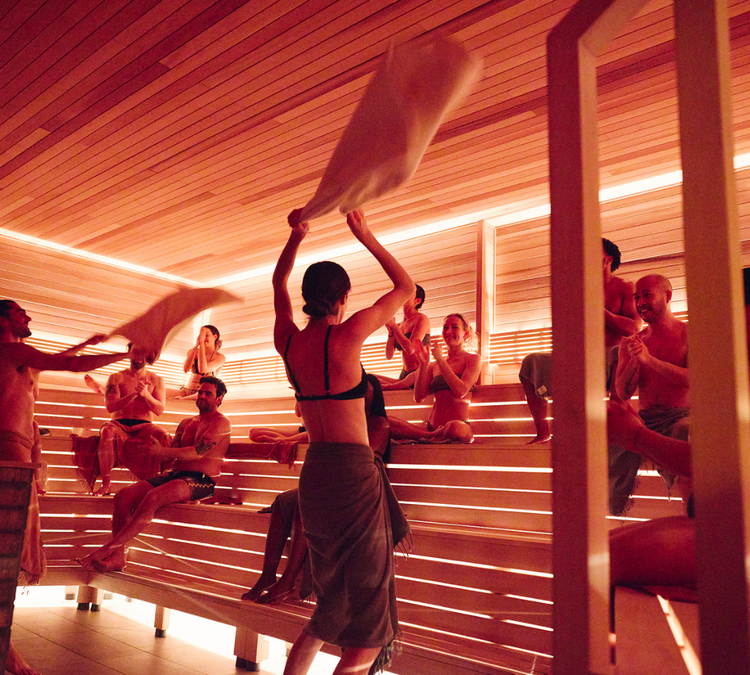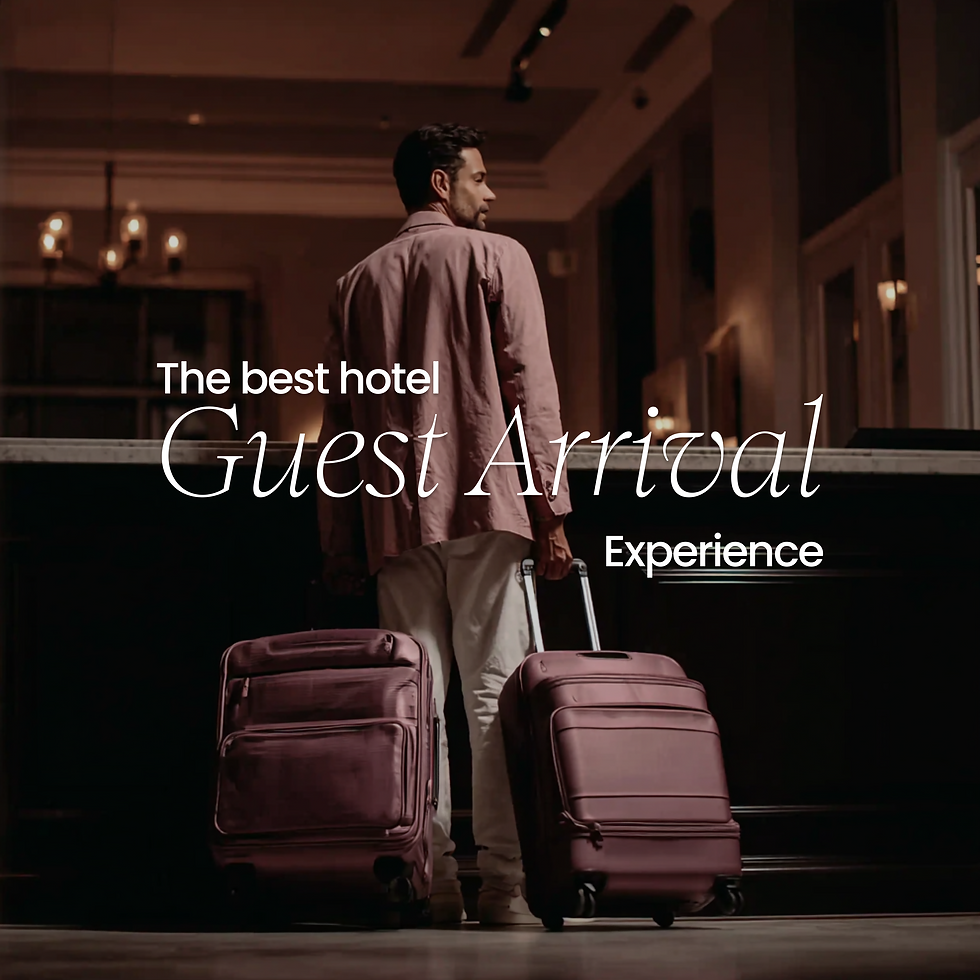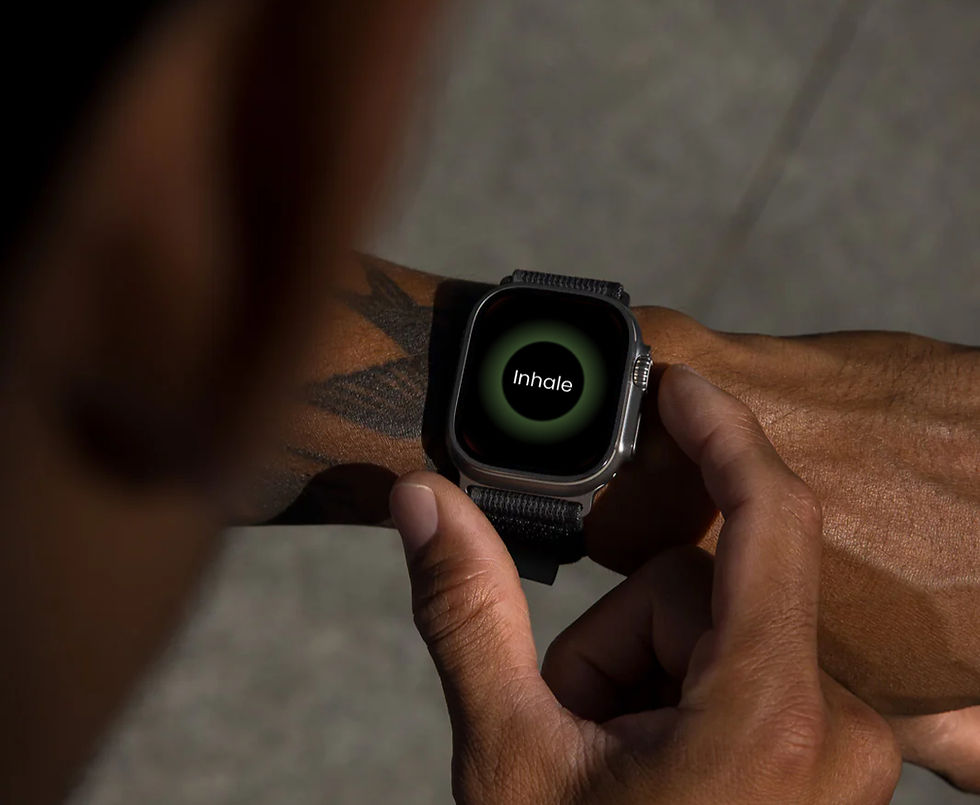Goodbye Nightclubs, Hello Third Spaces: Why Wellness is the New Nightlife
- Maria Valiji
- Jul 4
- 3 min read

Imagine a world where your evening plans include breathwork and biohacking before cocktails, where Saturday nights are spent in sound baths rather than crowded clubs, and where community connection is built around ice baths instead of beer taps.
This is not the future – it’s already here.
Last week, Othership, the Canadian-born immersive sauna and cold plunge social club, announced a massive $11 million investment deal to expand their concept globally. And it’s no surprise why investors are flooding into the space. The experience economy has shifted from “what can I buy?” to “how does it make me feel, transform, and connect?” Wellness is no longer a solo ritual. It’s the new nightlife. The new social glue. The new cultural currency.

“Wellness is no longer a solo ritual. It’s the new nightlife, the new social glue.”
The Third Space Renaissance
The concept of third spaces – places outside home (first space) and work (second space) – is being reimagined by wellness innovators worldwide. Traditionally filled by cafes, bars, and bookstores, today’s third spaces fuse:
Wellness rituals with entertainment – breathwork raves, immersive ice bath journeys, movement flows paired with live DJs.
Design thinking in experience creation – from lighting temperature shifts between sauna rooms to curated scent journeys in meditation pods.
Deep community architecture – every touchpoint intentionally designed to build belonging, from shared reflections after a plunge to guided group integrations.
“People don’t just want to attend experiences – they want to belong to the narrative.”
Wellness as a Social Experience
Othership’s model isn’t just a pretty sauna with curated eucalyptus. It’s a masterclass in experience design for wellness. Their spaces stimulate multiple senses: heat, cold, scent, sound, visual warmth, and human energy. Each journey moves guests from individual introspection to collective connection, ending in social lounges with teas and elixirs that rival any cocktail bar.
In doing so, they have answered a generation’s silent craving:
“Where do I go to feel alive and have fun – without harming my body?”
Experience Design Principles for Future Wellness Spaces
What can wellness entrepreneurs and designers learn from this rise of third spaces?
Design for All Senses
Move beyond aesthetics. Build temperature journeys, scentscapes, acoustics, taste, and tactility into your service blueprint.
Fuse Ritual with Social
Create experiences that start as personal rituals but end in social connection. Think ice bath + cacao circle, or breathwork + live music immersion.
Anchor Community Storytelling
Users don’t just want to attend experiences – they want to belong to the narrative.
Innovate Beyond Service to Experience
Remember: a sauna is a service. A guided, sensory, musical, social sauna journey is an experience. The latter builds brand loyalty, referrals, and media buzz.
“Wellness brands that design with depth will shape the future of social life.”
Why This Matters
According to the Global Wellness Institute, the global wellness economy is projected to reach $9 trillion by 2028. Experience-led wellness is a key growth driver. As wellness fuses with entertainment, the brands that will lead are those who design with depth, creating third spaces that transform people not just physically, but emotionally, socially, and spiritually.
Othership’s investment is a wake-up call to the industry: people are ready to spend not just for relaxation, but for belonging, elevation, and meaning.
“Design experiences that make people feel deeply alive.”
At Hue & Heal, we believe the future of wellness lies in experience design. We partner with brands to craft transformative spaces that go beyond service – creating rituals, communities, and sensory journeys that make people feel deeply alive.


Comments